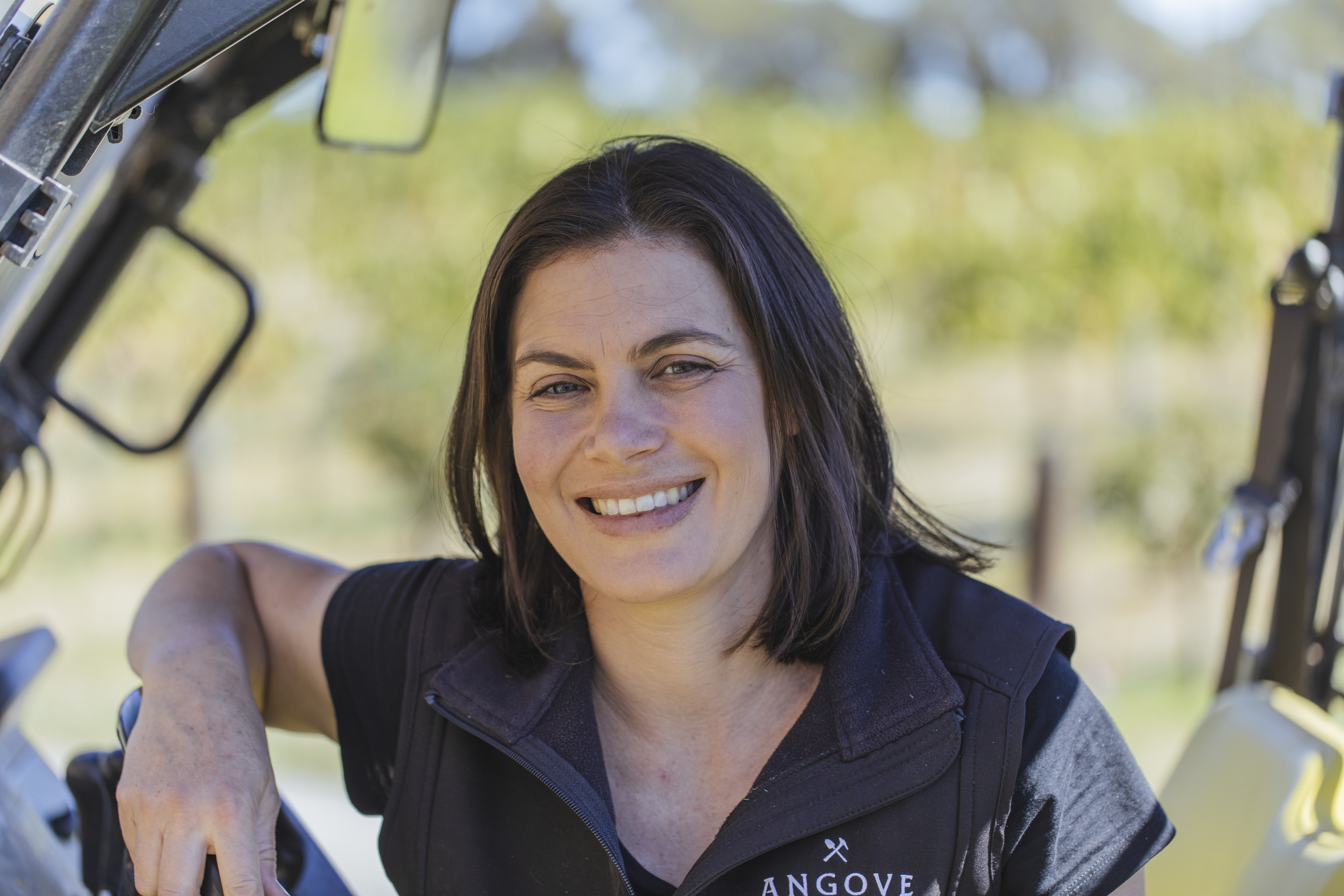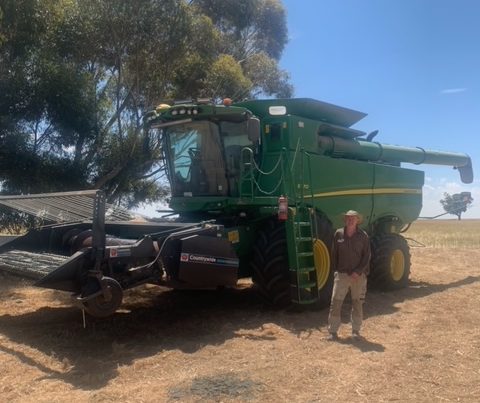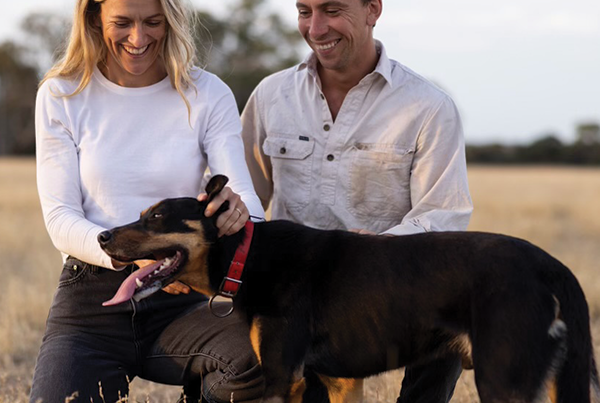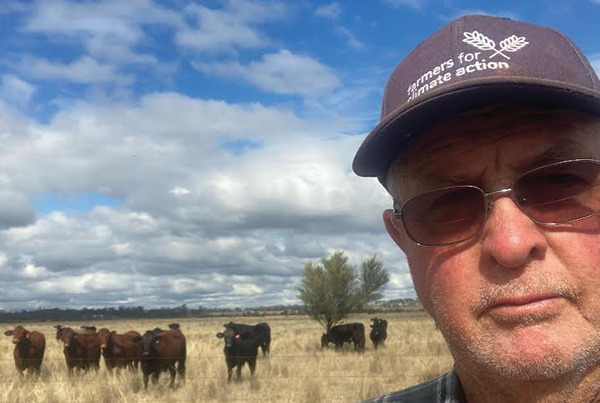At a glance
Who: Sophie Angove – Angove Family Winemakers
What: Organic Viticulture and Winery
Where: McLaren Vale and the Riverland, South Australia
Can you tell us about your property/enterprise?
Angove Family Winemakers is a family owned and operated business with 300 Ha of organically managed vineyards in McLaren Vale and the Riverland.
What are some of the opportunities you see for your business/property in coming years?
Our property in the Riverland is about 590 Ha, with about half currently planted to vines. I see an opportunity to plant out areas of our land with native trees and shrubs, to both sequester carbon, and also encourage beneficial arthropods and birds in and around the vineyard to help pest management.
Along similar lines, there is opportunity to plant functional ground cover in our midrows, to serve as weed control, green manure and help with nitrogen fixation.
And what are your main challenges now, and into the future?
Like many agricultural industries one of our main challenges in viticulture is unpredictable weather conditions. We are at the mercy of Mother Nature and over the last few years have seen an increase in the severity and incidence of varying weather conditions, including frost, thunderstorms, hail, unseasonal rainfall and drought. These conditions can lead to yield reduction and/or costly damage to vines and infrastructure.
How has climate change impacted your farm business?
Climate change has impacted our business in various ways;
– This year, in 2022, we have had unseasonal rainfall, which has increased the disease pressure in vineyards. Managing our vineyards organically means that we have limited options when managing diseases, so prevention and early minimisation is essential.
– In 2021 we were hit by incredible winds and hail which damaged vine infrastructure and wiped out a large portion of our crop.
– Depending on the year our vintage gets compressed into only a few weeks, with both reds and whites coming up to ripeness at the same time, leading to difficulties in scheduling of grape intake and processing at our winery.
What are some of the on-farm adaptations or changes you’ve been employing in recent years and what’s driving them? How successful have they been, and what benefits have you seen as a result? (have you collected any evidence of these benefits, and if so could you share this?)
We try to minimise tractor passes in the vineyard to reduce compaction and fuel use. We do this by leaving every other mid row when slashing. This also provides a home for beneficial arthropods, which assists us in our pest and disease management.
In the past we have controlled weeds by knifing and dodge ploughing. Recently we have started only brush cutting the under-vine weeds to help maintain soil carbon. Interestingly, we have found the reduction in cultivation seems to be preferred by the vines.
In 2018 we planted 600 trees, shrubs and sedges along our ephemeral creek at our Warboys Vineyard in McLaren Vale to encourage beneficial insects, bats and birds around the vineyard to aid our pest management. They are currently in their growth phase, but it is hoped that this will reduce our problem pest numbers in the vineyard.
What are your hopes for Ag in Australia, into the future?
We have a real opportunity to start revegetating in and around our agricultural lands with pre-European vegetation. There are a range of ecosystem services, provided by functional biodiversity, that we could be utilising within our production systems, including pest and disease management, soil moisture retention, reduced erosion and efficient nutrient cycling. All these services can reduce costs at the same time as increasing yield and quality.







